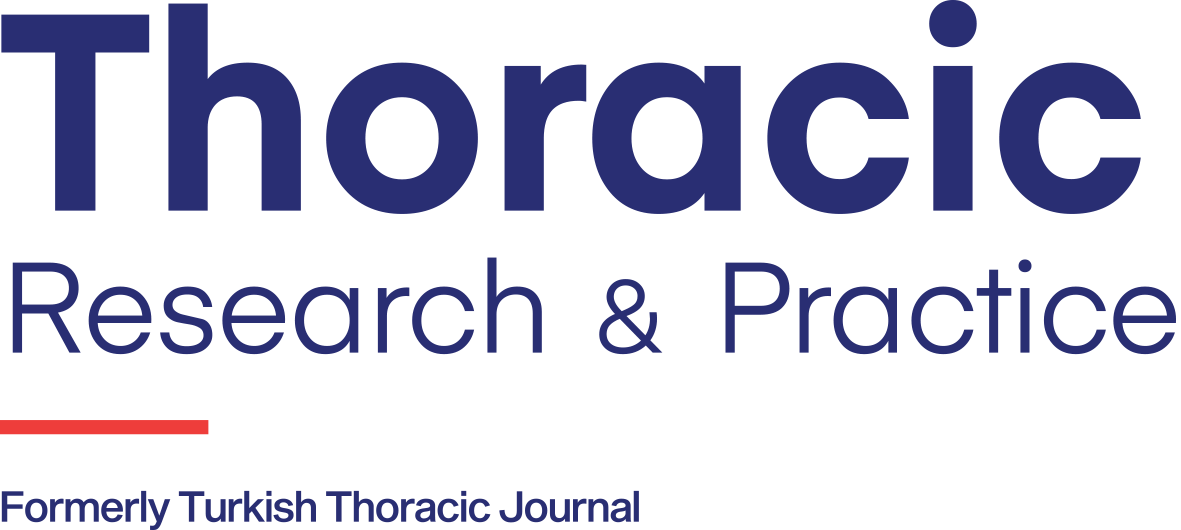Abstract
Objectives:
Cystic fibrosis is an autosomal recessive genetic disorder characterized by multisystem involvement. Thyroid dysfunction was defined as sporadic in patients with cystic fibrosis and was attributed to iodine overload. In our study, we aimed to investigate the thyroid function of patients with cystic fibrosis.
Methods:
We evaluated TSH, free T4, free T3, TGAB (thyroglobulin antibody), TMAB (thyroid microzomal antibody), thyroglobulin levels retrospectively, and 116 patients with thyroid ultrasound were included in our study.
Results:
Of the patients, 49 (42%) were female and 67 (58%) were male. The reference ranges used by our hospital biochemistry laboratory were 0.270-4.20 μIU/mL for TSH, 2.0-4.4 pg/mL for free T3, 0.93 1.7 ng/dL for free T4, 0-115 IU/mL for TGAB, 0-34 IU/mL for TMAB and 3.5-77 ng/mL for Thyroglobulin. The mean TSH of all patients included in the study was 2.99 µIU/mL and the mean free T4 was 1.25 ng/dL. The mean free T3 of 35 patients was 3.74 pg/mL. TGAB and TMAB were evaluated in 33 patients. TGAB, TMAB and Thyroglobulin were evaluated in 27 patients. The highest TSH value was 9.18 IU/mL; the smallest was 0.34 IU/mL. The highest free T4 value was 2.76 ng/dL; the smallest was 0.62 ng/dl. The highest free T3 value was 5.41 pg/mL; the smallest was 0.67 pg/mL. TMAB was positive in three (9%) of 33 patients. TGAB was positive in one of 33 patients (3%). Twenty-three patients with the diagnosis of subclinical hypothyroidism (TSH elevation), 15 patients with the diagnosis of acquired hypothyroidism (low free T4), 3 patients with the diagnosis of hyperthyroidism (free T3 and free T4 elevation) were referred to the Department of Pediatric Endocrine. Thyroiditis was detected in 4 patients with laboratory and ultrasonography findings. None of the patients in our study were given thyroxine.
Conclusion:
High TSH concentrations in patients with cystic fibrosis often suggest subclinical hypothyroidism. In our retrospective study, the fact that not all parameters were examined in each patient was the biggest deficiency of our study. A new work schedule was planned to complete the missing parameters and to share the results. We believe that the results will contribute to the literature.



